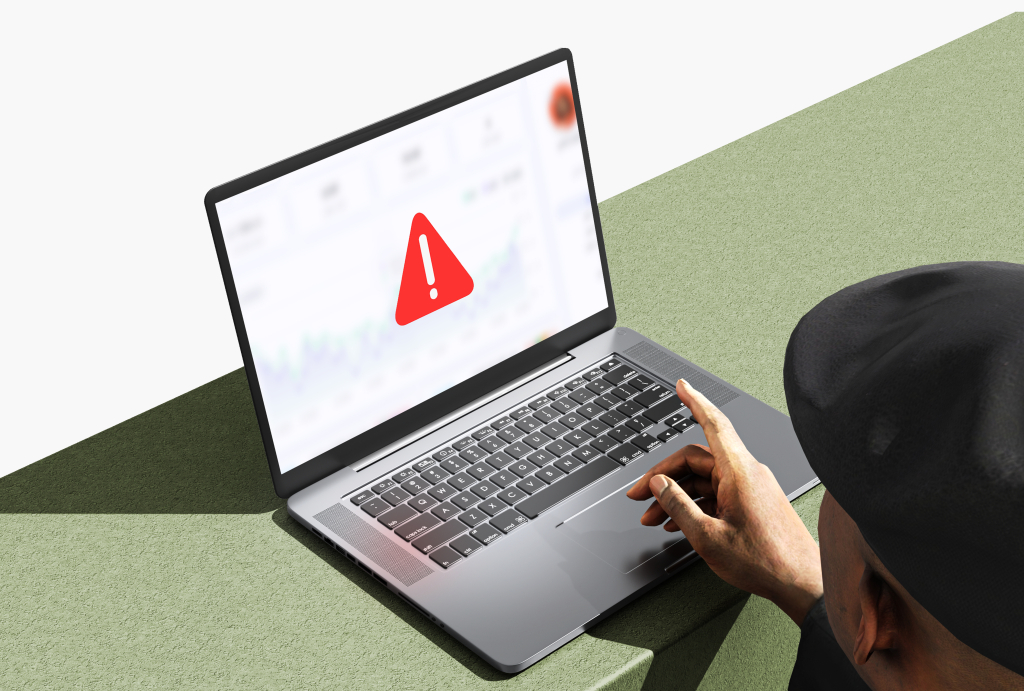Why Most DSPs Fail Marketers and What We Did Differently with Edge

Most Demand-Side Platforms (DSPs) promise the world to marketers — efficiency, automation, precision targeting, and real-time bidding wrapped into one slick dashboard. But for anyone who has actually run a campaign through one, the experience can feel more like untangling wires in the dark. Despite the gloss, most DSPs fail to deliver what marketers truly need: clarity, control, and performance that feels connected to actual business outcomes.
At Cubera, we spent a lot of time listening — not just to media planners, but to performance marketers, brand managers, and even creatives who find themselves drowning in dashboards and unexplained cost spikes. What we heard was consistent: most DSPs are either overengineered or underwhelming. The interfaces are clunky, the reporting is opaque, and the results feel more like educated guesses than strategic decisions. And worst of all? The stack is fragmented — cobbled together with third-party tools, stitched through integrations that break when you need them the most.
So we did what many in the ad tech world hesitate to do: we started from scratch.
Edge, Cubera’s DSP, was built not just to run ads — but to fix the broken stack syndrome that plagues modern digital marketing. It does not pretend to be everything to everyone. Instead, it focuses on what really matters: campaign clarity, real-time data you can actually use, and outcomes that speak your language — whether that is ROAS, CAC, or CPM across specific cohorts.
Unlike most DSPs, Edge is part of a full-stack ecosystem we own entirely. That includes Cube, our audience generation engine with a chat interface for lightning-fast cohort creation. It includes Hedwig, our PostgreSQL-based data product that lets you access performance metrics with full transparency. And it includes Vertex, our ad exchange focused on high-quality US inventory. Because we built the stack, we do not hide behind third-party delays or play the attribution blame game. What you see is what you get — in real time, in full.
We also focused heavily on user experience. Edge speaks the language of marketers — not just engineers. That means dashboards that prioritise KPIs, reports that show what actually happened (and why), and targeting tools that do not require a PhD to operate. From campaign setup to live optimisation, everything is designed to be frictionless and fast — so your team can spend more time scaling campaigns and less time troubleshooting.
At the end of the day, Edge is not trying to replace your entire marketing team or automate the soul out of your strategy. It is simply here to fix what is broken — to give back control, simplify execution, and finally deliver on the original promise of programmatic.
If you are tired of guessing why a campaign failed, tired of juggling five tools to get one insight, or just tired of being tired — Edge might be what you have been waiting for.


